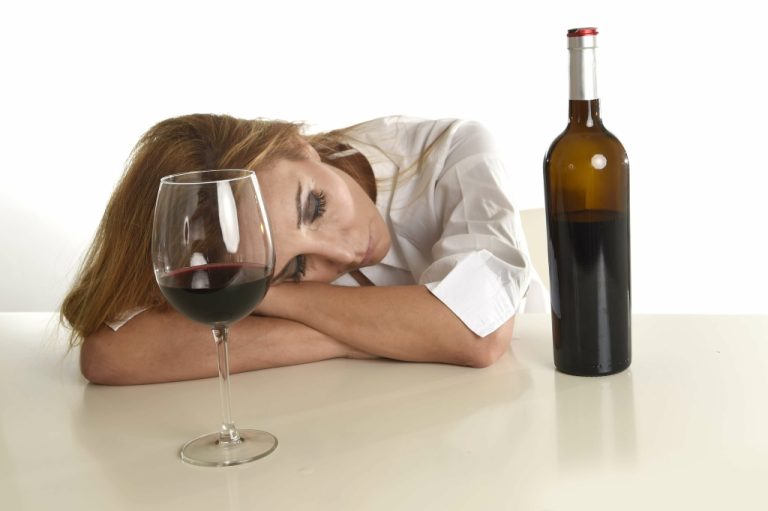The intra-cluster correlation (ICC) was used to show cluster correlation within a model. The predictive ability of the variables used in each model was also measured using the proportional change in variance (PCV). Physically force you to have sexual intercourse with him even when you did not want to; physically force you to perform any other sexual acts you did not want to; force you with threats or in any other way to perform sexual acts you did not want to. The respondents were categorized as having experienced lifetime sexual Sober House violence if they reported at least one of those listed acts since the age of 15 [5]. In accordance with the 2016 EDHS, women were considered to have lifetime IPV if they stated that they were ever victimized for at least one instance of physical, emotional, or sexual violence since the age of 15 throughout their reproductive age [5]. Both individuals’ socio-demographic characteristics and relationship-related variables were considered as level one variable because in the EDHS only one woman per household was sampled.
Get Help for Alcoholism Today
- Methyl alcohol, ethyl alcohol, and isopropyl alcohol are free-flowing liquids with fruity odours.
- For pseudodipsomaniacs and true dipsomaniacs, he recommended administering small doses of apomorphine to provide temporary relief of craving and morphia to treat intense depression.
- Alcohol can cause problems for a developing baby throughout pregnancy, including before a woman knows she’s pregnant.
- It also means that individuals who abuse alcohol are more likely to be drowsy during the day, making driving and working potentially dangerous.
- The predictive ability of the variables used in each model was also measured using the proportional change in variance (PCV).
Consequently, Apollonian subtypes include alcoholics who are characterized by later onset, a slower disease course, fewer complications, less psychological impairment, and a better prognosis. In contrast, the god Dionysius was known for his drunken revelry, sexual abandonment, and physical aggression. When alcohol dependence develops in this type of personality, it can be identified by the subtype characteristics of pathological drinking and drunken comportment. Thus, Dionysian subtypes of alcoholics are characterized by early onset, more severe symptomatology, greater psychological vulnerability, and more personality disturbance. As this review has outlined, throughout the past 150 years, researchers and clinicians have developed numerous typological classifications of alcoholism.

How Does Addiction Develop in the Brain?
The hydroxyl group in alcohol is involved in the formation of intermolecular hydrogen bonding. Thus, hydrogen bonds are formed between water and alcohol molecules which make alcohol soluble in water. However, the alkyl group attached to the hydroxyl group is hydrophobic in nature. https://fintedex.com/top-5-advantages-of-staying-in-a-sober-living-house/ Thus, the solubility of alcohol decreases with the increase in the size of the alkyl group. Some prominent physical and chemical properties of alcohols are given below. The physical and chemical properties of alcohols are mainly due to the presence of hydroxyl group.
What is the outlook for people with alcohol use disorder?
This means the body adds these calories onto the ones consumed via food every time we drink, which can often put people way over their calorie limit if they drink excessively. Our bodies also prioritize getting rid of alcohol as it is a toxin and can’t be stored like carbohydrates, proteins, or fats. This slows metabolism as the body prioritizes getting rid of alcohol calories, leading to weight gain. Alcohol also affects sleep, meaning eyes are often saggy and darker after long periods of alcohol consumption.
For some alcoholics, the drinking periods are determined by internal cues, such as the onset of menses in women. For others, external opportunities, such as a worker’s payday or sailor’s shore leave, govern the periodicity of inebriety. Intervals of intense nervous irritability and depression commonly precede the drinking periods. Periodic inebriety often takes the form of temporary insanity, in which the drinker’s behavior is characterized by mania, violence, or impulsive criminal behavior. The prescientific period of alcoholism typologies roughly extends from William Carpenter’s description in 1850 of different types of “oinomania,” or wine mania (Carpenter 1850), to the psychoanalytic and character-based theories of the 1930’s.

As individuals continue to drink alcohol over time, progressive changes may occur in the structure and function of their brains. These changes can compromise brain function and drive the transition from controlled, occasional use to chronic misuse, which can be difficult to control. The changes can endure long after a person stops consuming alcohol, and can contribute to relapse in drinking. Alcohol causes the release of dopamine in the ventral tegmental area, which is a part of the reward pathway. Alcohol also affects other reward systems, such as the endogenous opioid system, γ-aminobutyric acid (GABAergic) system, glutamate, and serotonin.[5] The reinforcing effects of alcohol include the ability to induce euphoria and anxiolysis. The fact that not every person who drinks alcohol will necessarily experience a loss of control and progression to addiction indicates that AUD is not solely driven by exposure to alcohol.

